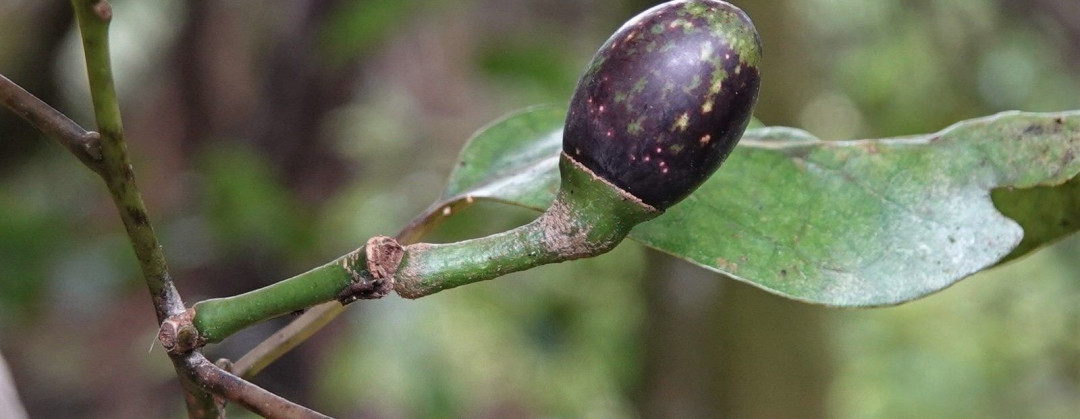Mangeo, tangeo, tangeao.
Litsea calicaris Mangeao

This guide is based on a literature review. It compiles information from various sources. Different sources may offer varying advice and findings.
Good germination rate. Difficult to maintain seedling health. No information available on seed viability or long-term storage.
Moderate.
Located in lowland forest in the upper half of the North Island.(1)
Fruit ripens between October and November.(2)
Cool-moist stratification for 2 months(2) (stratification is the process of chilling seeds to promote germination).
Easily grown from seeds but difficult to maintain seedling health.(3)
Relatively intolerant to shade.(4)
Germination, seed storage, and vegetative propagation needs further investigation
Information about the native seed profiles
All species names are in the following order: scientific name, common name, and Māori name. Names may vary by region. We have tried to use the most common names across New Zealand.
We have sourced photos from different websites and creators. We have used the images under different licences. These include Public Domain and Creative Commons licenses. For Litsea calicaris, the image details are:
- Photo by (c) Jacqui Geux – some rights reserved (CC BY-NC)
- Original image
The basis for each seed profile is a literature review carried out by Scion. Te Uru Rākau – New Zealand Forest Service commissioned and worked on the review to produce a native seed catalogue. The full seed catalogue is on the Ministry for Primary Industries (MPI) website.
Auckland Plant Studies. Litsea calicaris – Mangeao. Accessed 17 October 2024.
Metcalf, L J (1995) The propagation of New Zealand native plants. Godwit; Auckland, New Zealand.
New Zealand Plant Conservation Network. Litsea calicaris. Accessed 17 October 2024.
Smale, M C; Kimberley, M O (1983) Regeneration patterns in Beilschmiedia tawa dominant forest at Rotoehu. New Zealand Journal of Forestry Science 13(1), 58–71.